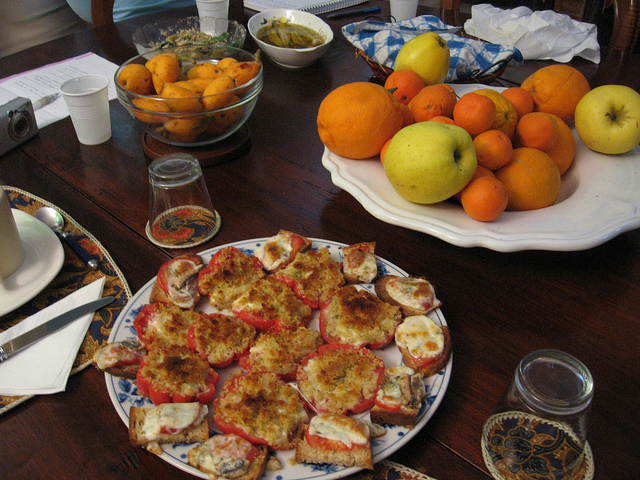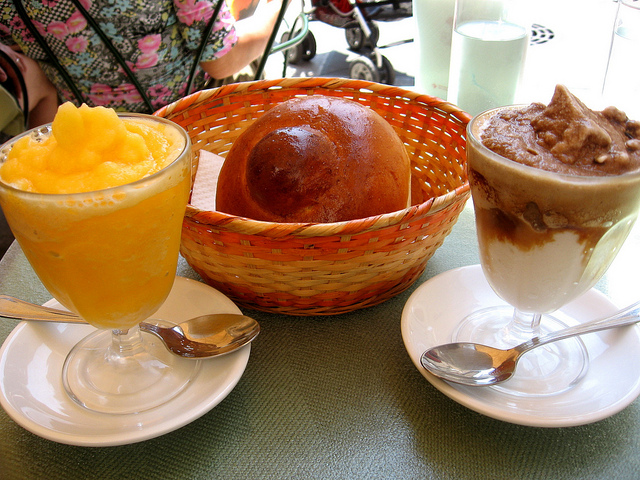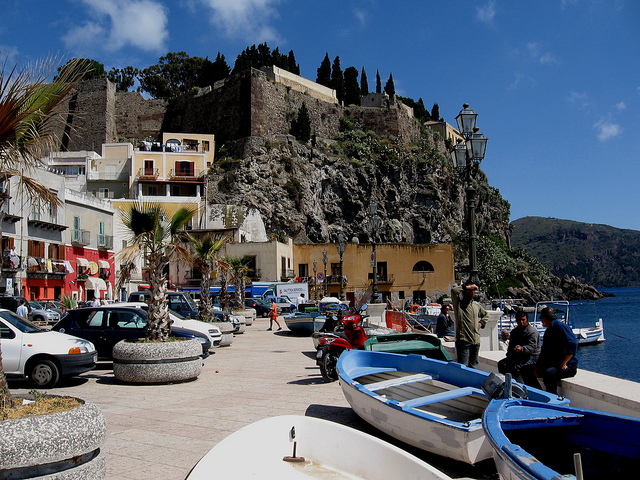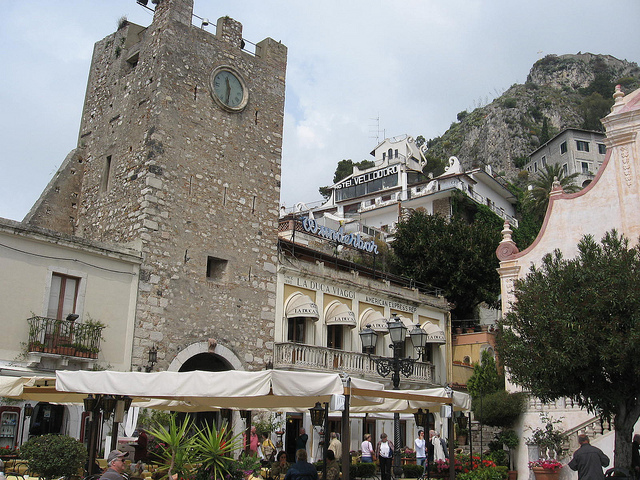My three week language learning adventure in Sicily had officially come to an end: my last full day on this island had arrived. My explorations in the Milazzo area were over and early in the morning I started packing my suitcase and organizing myself. Around 10 am I went straight downstairs to the offices of Laboratorio Linguistico, the language school where I had spent the last 10 days, which included a once-in-a-lifetime experience of sailing around the Eolian Islands off the coast of Sicily. I thanked and said goodbye to Francesca, Sonia and Franco, a few of the team members who had made my stay here so pleasant.

Milazzo’s modern church
Then I was already late for my bus to Messina from where I would need to catch another bus or a train to Catania, the second largest city in Sicily. The bus ride was comfortable and let me catch another glimpse of the verdant north coast of the island. We drove down the hills towards the downtown of Messina, the third largest urban area of Sicily and one of the island’s main port cities. Ferries run from here across the Straight of Messina to Villa San Giovanni and Reggio di Calabria on the Italian mainland. At the narrowest point the Straight of Messina is only 3 km wide.

Classicist architecture in Catania
Like most places in Sicily, Messina looks back on thousands of years of history. It was founded by Greek colonists as a city called Messene in the 8th century B.C. Many civilizations followed suit: the Mamertines, Carthaginians, Romans, Goths, Byzantines, Arabs, Normans, Spanish and the French. Messina is said to have been the port of entry of the Black Death when a Genoese ship arrived on a journey from Palestine in 1347.

Baroque splendor in Catania
Messina’s biggest chapter in history arrived on December 28, 1908 when an earthquake leveled the city almost completely. About 60,000 people were killed and most of the ancient architecture was destroyed. During World War II Messina experienced massive bombardments by the American Air Force. Today the city’s main economic driving force is the port and surrounding areas feature extensive cultivations of citrus fruits, vegetables and wine.

A view of Mount Etna from the train
I unfortunately did not have time to explore Messina. Upon arrival I decided that I would take a train instead of a bus to Catania and walked a few hundred meters to the train station. I generally prefer trains over buses since you have a lot more space and can get up and walk around. A few minutes later I had my ticket (which had cost just a few Euros) and was ready for my two-hour train trip to Catania. I settled in comfortably and rolled past some of the places I had gotten to know so well: Mazzaro, Taormina, Isola Bella and Giardini Naxos came into view. Mount Etna made an appearance and provided a solid cone-shaped anchor in a fertile spring landscape.

Fountain next to Catania’s train station
Around mid-afternoon I arrived at Catania and found directions to my abode for the last day: Holland International is a very simple hotel located about 10 minutes from the train station, an affordable budget accommodation which was going to be good enough for the night. From the Train Station at Piazza Papa Giovanni XXIII I pulled my suitcase to Via Vittorio Emanuele where I found an imposing baroque building with an interior courtyard. Holland International is located at the back of the courtyard up the stairs. I briefly talked to the owner, who is originally from Holland, and he gave me the keys to my simple 35 Euro room. Basically furnished with a shared bathroom down the hallway, this room would do the trick for tonight. He also provided me with instructions of how to get to the bus stop for the airport bus tomorrow morning.

Catania, a city of baroque buildings




